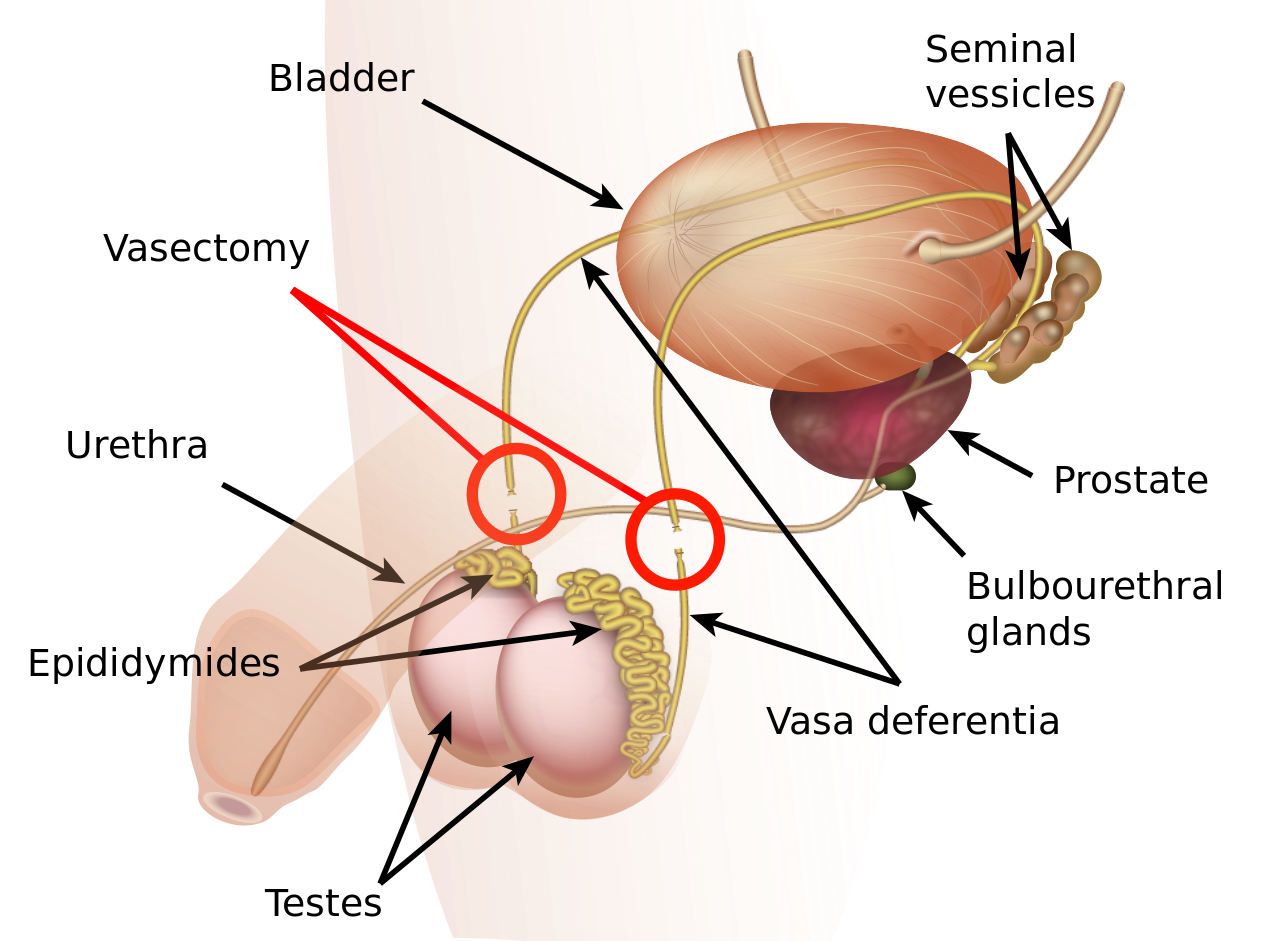Vasectomy is a method of contraception that involves permanently sealing the vas deferens or tubes that carry sperm. As a result, there's no mixing of sperm and semen. Since the procedure is a permanent form of birth control, one needs to be mentally prepared of having no kids in the future. Vasectomy is performed under local anesthesia in an outpatient setting and is considered to be a low risk procedure. Although it prevents pregnancy effectively, it doesn't protect from sexually transmitted diseases.
Before Vasectomy: How to Prepare
As already mentioned one big vasectomy before and after change is not being able to have children ever. So this is a big move in life. Knowing how to prepare for vasectomy before taking the procedure helps a lot.
 Decision Making
Decision Making
Make sure you discuss with the doctor if this is the right form of birth control for you. The first appointment should specifically discuss things like:
- Permanent nature of the procedure and it is only appropriate if no children are desired in future.
- Whether your partner is content with the decision if you're in a relationship and whether you have children or not.
- Other available birth control methods that you might opt for.
- Procedure of the surgery, the risks and complications, and all aspects about recovery.
- Past history or a previous scrotal surgery.
You'd better prepare a list of questions that you would want your doctor to answer and clarify so that you can make a final decision. At the same time bear in mind the permanent nature of the surgery and the fact that it doesn't guarantee absolute sterility.
Preparation Before Surgery
There are certain steps that need to be taken when preparing for the operation, which may include:
- Stop the intake of blood-thinning drugs like aspirin or other anti-inflammatory medications like Nuprin, Advil, Motrin at least 10 days before the procedure. Similarly Warfarin, heparin and other over-the-counter medications including ibuprofen should also be stopped to avoid the risk of bleeding.
- Shave the pubic region as well as the front region of scrotum the night before surgery.
- Wash the genital area thoroughly and wear clean tight fitting underwear or athletic supporter (jock strap) before the appointment.
- Make arrangements for the ride back home after surgery to avoid movement and pressure as much as possible.
What to Expect After Vasectomy
Before you go for the procedure, you should be well aware of vasectomy before and after care and what to expect exactly after the operation. Here is what you should know:
- Once the operation is done, the effect of local anesthesia wears off in an hour or so.
- Pain and discomfort are mild and can be treated with painkillers.
- Your recovery depends on the types of procedure and is faster in no-scalpel type as compared to the traditional procedure.
- Apply an ice pack (and even a pack of frozen peas would do) on the scrotum for the first 24 hours; however, direct application should be avoided and ice should be wrapped in a towel or cloth.
- Avoid walking as well as standing as much as possible.
- Wear an athletic support underwear or snug cotton briefs for the first two weeks after operation so that scrotum is supported and pressure is applied against the area operated.
- Avoid exercise and strenuous activity involving lifting at least for 2-3 days
- You can return to work in 1-2 days if no physical exertion is required. Doctors generally permit resuming work as long as it doesn't cause discomfort.
- Sexual activity should not be resumed before a week and birth control methods should be adopted before doctor informs that you're completely sterile.
- Collect semen 6 weeks after surgery or even later for examination either at home with Spermcheck vasectomy home test or at doctor's office to ensure the absence of sperm in the sample.
When to See a Doctor
While mild discomfort and pain are usual and normal, make sure you seek medical attention immediately, if the following signs and symptoms are experienced:
- Fever and chills
- Increasing pain
- A large blue or black area
- Drainage indicating infection
- A mass growing in size, an internal bleeding or infection sign
- Excessive swelling
How Is Vasectomy Done?
While it's a must to know about vasectomy before and after changes and cares, it's equally important to be well informed about how this procedure is done. Vasectomy is a 15-20 minute procedure, which involves the following steps:
- Insert a small needle into the skin of scrotum to inject local anesthesia and numb it. A small cut is then made in the numbed upper part of scrotum. Or the doctor may use the "no-scalpel" technique to puncture the skin of scrotum.
- After locating vas deferens, the tube responsible for carrying semen from the testicles, doctor will withdraw a part of it through the incision or puncture. Then the tube is cut, once pulled out of the scrotum.
- The ends of vas deferens are sealed by tying with heat or surgically clips, and then placed back to the scrotum again. If an incision has been made, your surgeon will stitch it. But if a non-scalpel technique is used, no stitches are required.
